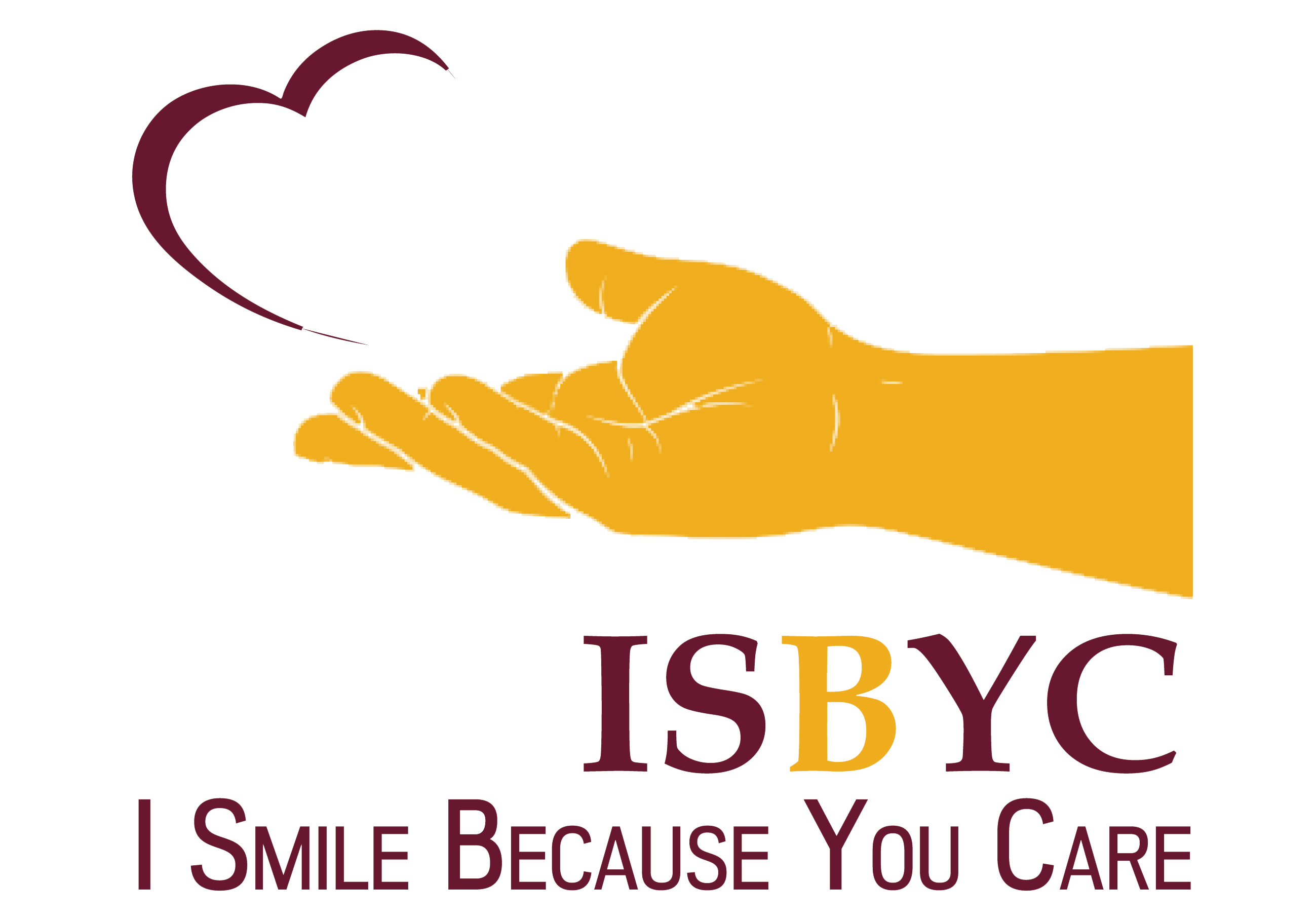SUSTAINABLE WATER SOLUTIONS IN GHANA’S RURAL AREAS
Background
Water! They say is life.
We all need water, we need potable water every day to maintain a healthy life.
But this is not the case everywhere, In the United Nation Development Programme (UNDP) report, it is reported that water scarcity affects more than 40 percent of the people around the world, an alarming figure that is projected to increase with the rise of global temperature as a consequence of climate change.
In Ghana, The issue of access to safe water is no different. Water scarcity affects about 40 andx 50 percent Ghanaians according to reports conducted by Safe Water Network (SWN) and Integrated Social Development Centre (ISODEC) respectively.
In mitigating this global challenge, the United Nations has set a goal to ensure that there is universal access to safe and affordable water for all by 2030, this is one of the seventeen (17) goals that make up the 2030 Agenda for Sustainable Development.
ISBYC strongly shares same opinion, that universal access to safe and affordable water by all must be achieved even before 2030.
In ISBYC’s 2019 project, there is a target to build 3 boreholes for 3 communities in the Eastern, Central or Greater Accra region.
Scouting report
On Monday 7th January 2019, the ISBYC team headed by its President embarked on a trip to some communities in the Eastern region which have challenge in accessing potable water.
The team visited five (5) communities in the Yilo Krobo Municipality. The first community they visited was:
New Somanya: a community with a population of about 500people and about 150 households. The main occupation is farming. The entire community has two taps which flow once a week and one boreholes which does not flow in dry season. People mostly travel to the municipal capital Somanya (The district capital) with gallons to buy water.
The next community the team visited was;
Akorley Dzodzo: The team was welcomed by the elders of the community. This community has a population of about 300 people and about 90 households. The main occupation here is mango farming. They have only 1 borehole built 20 years ago but unfortunately, it is damaged. The community people walk for about 300meters to fetch water from a borehole which serves two other communities. The main Ghana Water Company line is about 2 kilometers away from this community. In ISBYC’s plan, there is an option of building a borehole for the community or tapping from the main GWC line and building three pipes for the community and providing poly tanks to be used as reservoirs.
The team proceeded to;
Kometu: This community has a population of about 150people and about 40 households. They have one boreholes built early 80s, it still functions perfectly. The only problem of this community of that it is an off-grid community.
The team travelled farther up the Akwapen-Togo range to a community called;
Agordzor: The team was very welcomed by the Chief and elders of this Community.
This community has a population of about 500 and about 190households. The main occupation is farming. They have one mechanized borehole which was built by a philanthropist less than a month ago but doesn’t flow always because it doesn’t have an exclusive electric meter. There are also two manpower boreholes; one is damaged. And the other, aside that it is situated at the outskirt of the community, it produces salty water. Aside with the water challenge, this big community also lack clinic, School, a toilet facility.
The made their last visit to a community called
Korm: This community has a population of about 200people and about 40 household. The main occupation here is farming. The community depends on a stream that is about 200meters away for drinking water. This community has the only school in the area (Korm La primary) and pupils from as far as Agordzor and other communities attend this school, this school has a population of over 400 pupil from kindergarten to Junior his school. This community is by the main highway that leads to Koforidua, Eastern regional capital, this road is one of the roads in the eastern that records highest number road accidents and fatalities. During school time, the school kids are sent to fetch water from the stream which requires them to cross this dangerous roads. The safety of these school kids remains a worry.
Work has already began on this project and the team estimates completion by Q2 2025 with support from our sponsors.
RECOMMENDATIONS
Based on these findings, the ISBYC team recommends the following:
Short term
Long term
NB: You can learn more on the status of this project by clicking on the link below
